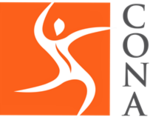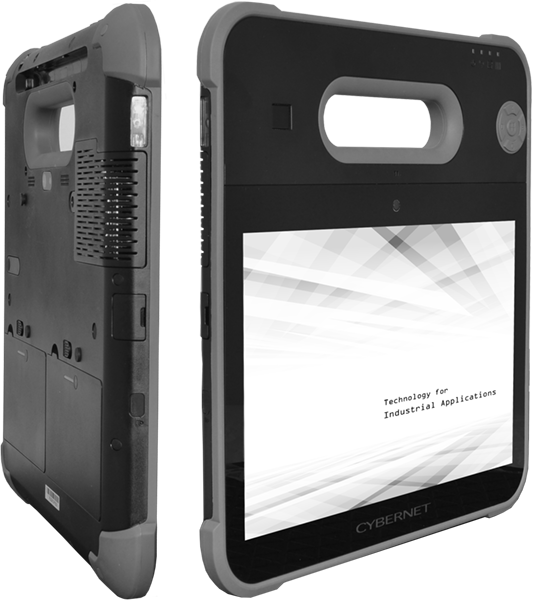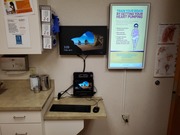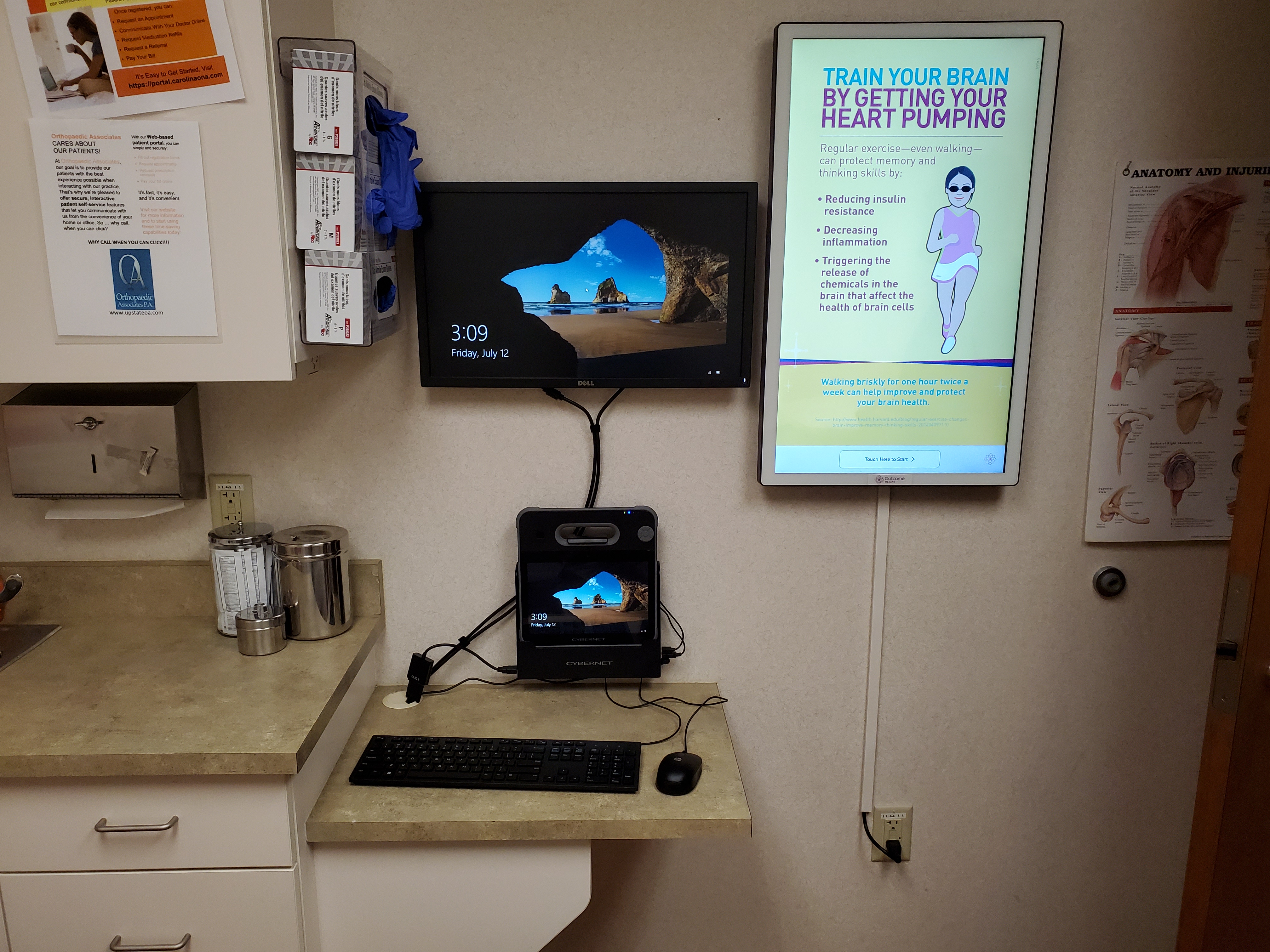Fast Growing Orthopedic Clinic Chooses Cybernet for Exam Rooms

-
CAROLINA ORTHOPEDIC AND NEUROSURGICAL ASSOCIATES
- Industry: Healthcare
- Product: Rugged X10
- HQ: Spartanburg, SC
 Challenge
Challenge
Carolina Orthopedic and Neurosurgical Associates (CONA) has long employed computers in each of their exam rooms as they had found them to be essential in recording notes and sharing treatment information with patients. Unfortunately, they found that having a computer posted up in every single room quickly racked up expenses in the form of licensing, maintenance, regular performance checks, and replacement costs when those computers inevitably broke down.
Seeing this draining of resources taking place, the team at CONA decided it was time to introduce a new workflow, one that was more user-friendly and cost effective. CONA was looking to create a system where the doctors could carry a tablet with them from room to room and simply “dock” it to an existing monitor and keyboard setup in the exam room to share patient information and test images. The team at CONA had a vision for what they wanted their workflow to look like. Executing that vision would prove to be more difficult.
With the project now theorized, the team knew the features and requirements they needed from their tablet of choice to make this initiative a reality. First and foremost, they needed something durable and with long battery life, ensuring their new tablets wouldn’t eat up their fair share of funding by requiring regular repairs and replacements. They also needed something Windows compatible since the lion’s share of their tech infrastructure ran on that operating system. Most importantly, they needed to find a solution that was literally “plug and play” so that doctors wouldn’t have to constantly be plugging cables in and out of the tablets as they moved from room to room.
 Solution
Solution
When the team initially decided to test products for this project, they decided to trial run a few commercial-grade tablets such as iPad and Galaxy models. What they immediately noticed was that it was very difficult to pair the devices with a full sized monitor with a keyboard and mouse. These commercial grade tablets didn’t have full sized ports, and the idea of trying to connect to bluetooth devices or find adapters and plug those in each and every time a doctor wanted to share testing information proved to be far too cumbersome.
It was a Google search that led CONA to Cybernet’s Rugged X10 Windows Tablet. Once the team saw that the Rugged X10 came with an optional desktop docking station with HDMI, USB, and Serial Ports, they knew that this was the device they had been looking for. The docking station featured full sized ports that could integrate with the monitors, keyboards, and mice that were set up in each room. All a physician needed to do was to place the Rugged X10 tablet into the docking station and they had their plug and play solution.
The tablets were also windows based, making it far easier to integrate with the apps and software that CONA was already used to. The two hot-swap battery feature was an added bonus, meaning physicians could simply swap out depleted batteries for fresh ones on the fly, making the tablets perfect for a full day of seeing patients without having to stop to plug the tablets into a wall to recharge.
Seeing the X10 check off their entire wishlist for a tablet, the CONA team decided to place an order and begin their docking project with Cybernet in their corner.
 Results
Results
One thing that immediately impressed the CONA team as the tablets were brought in was the ease with which the integration took place. Applying the hardware in 6 exam rooms was done in only 2 hours and, once the docking station and monitors were set up, a doctor was able to get to work as soon as they entered a room by simply docking their tablet.
Having these devices integrated for over two years now, the team has yet to receive a complaint about how their new tablet docking workstations are functioning. Thanks to the devices’ rugged construction, the team has had zero instances of a broken or malfunctioning device. The one time they had to reach out to Cybernet support, they were relieved to observe that resolving their issue took little time and no hassle, allowing them to get right back to work.
CONA has observed resounding success in their new mobile tablet initiative and has now begun optimizing the solution for telehealth services. Already, they’ve noticed there’s no need to invest in expensive web cameras and headsets because the tablet is already outfitted with these capabilities. As they continue to unlock more of the device’s potential, they’re even considering using its built-in RFID functionality for internal pharmacy services in the future.
When I came across the X10s, I remember thinking, 'That is what I had in my mind. That's what I like. And all the accessories are there to support the workflow.' And that was the most important thing, really, was making sure there was a tablet that was compatible and easy enough for the doctors to use so that we could create a foolproof workflow.
- Darryl Jolly, Engineer
CAROLINA ORTHOPEDIC AND NEUROSURGICAL ASSOCIATES


